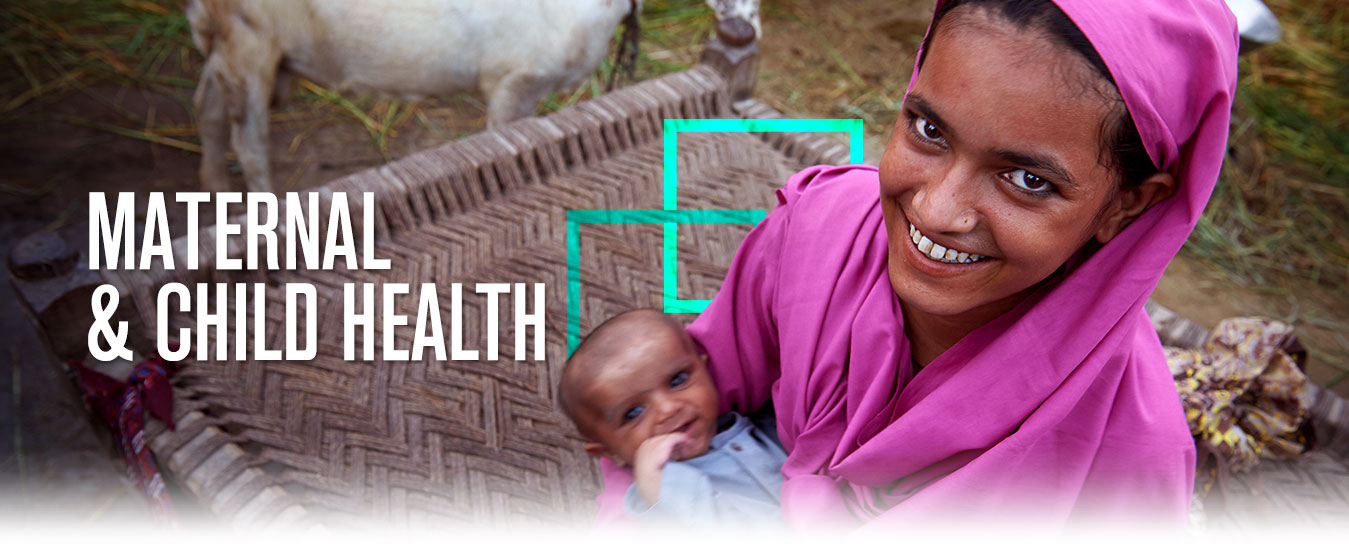
1
2
3
4
5
6
7
8
9
10
11
12
13
14
15
16
17
Vaccine stock-outs contribute to millions of children missing their routine immunizations globally.
This is often due to inadequate forecasting and management of vaccine stocks, especially in low and middle-income countries, such as Pakistan, already characterized by suboptimal coverage.
In Pakistan, the current vaccine stock and supply management system depends on the vaccinator self-reporting on consumption data. As a result, the data reported is often untimely and inaccurate.
In the absence of reliable data, a re-supply is calculated using outdated “top-down” targets as opposed to verified vaccine consumption. Therefore, poor forecasting results in either increased wastage or stock-outs.
The IRD project aims to assess the acceptability and feasibility of scanning vaccine vials via 2D barcodes to establish a vial-to-child link, to improve the management of vaccine stocks, and facilitate vaccine adverse event reporting.
IRD integrated the OneStepTM API into the government of Sindh’s Zindagi Mehfooz electronic immunization registry. Twelve vaccinators were selected from 12 vaccination sites in Korangi. Dividing 12 vaccinators (one from each site) into 3 groups, each group allocated was to use either their android based phone from the government of Sindh’s ZM-EIR, a Zebra touch computer, or a handheld scanner.
The box of dummy vaccine vials pneumococcal conjugate vaccine (PCV) and oral polio vaccine (OPV) each with a 2D barcode on it, was scanned by the stockroom manager prior to deployment. At the different vaccination centers, the vaccinators were required to scan the corresponding dummy vial while vaccinating.
2,310 vaccine vials were scanned and linked to immunized children (Zebra Touch Computer 72.6%, Android phone 19%, Handheld device 8.4%).
Overall, vaccinators gave positive feedback and highlighted that scanning vials would simplify their work and save time. Likewise, managers outlined digitally tracked vials would greatly reduce stock mismanagement.
